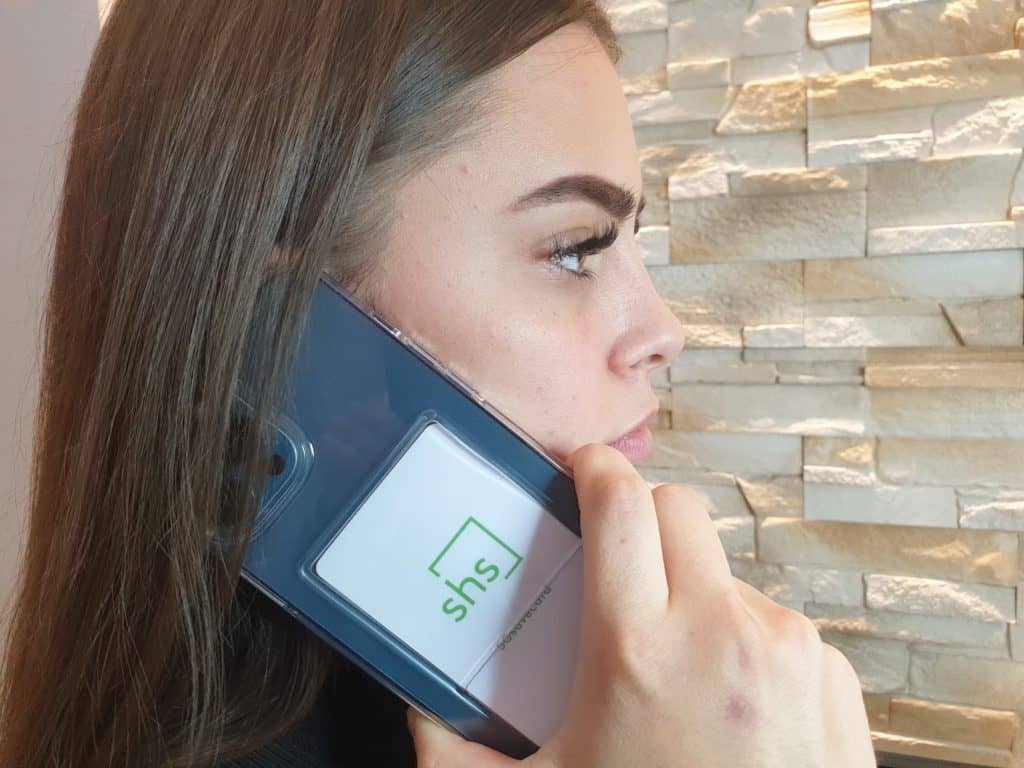Uncategorized
What is SAR?
WHAT IS SAR?
Specific Absorption Rate (SAR) is a measure of the amount of RF power deposited in the human head or body whenever a mobile phone or other wireless radio device transmits. It is the maximum SAR value (in units of Watts/kilogram) that is measured during SAR compliance testing.
All mobile phone models are tested to make sure they meet national and international exposure limits for exposure to radiofrequency emissions, before they can be sold in each market.
The SAR values reported for each model of mobile phone tend to significantly overstate real-life exposure levels, as models of phones are tested at maximum power levels under laboratory conditions to ensure that they comply.
Mobile phones tend not to operate at maximum power levels during everyday use.
In order to avoid network interference, improve battery life and available call time, mobile phones constantly adapt to the minimum power required to make and maintain a call.
WHAT IS THE SAR-TICK?
SAR Tick is part of an effort by mobile manufacturers within the Mobile & Wireless Forum (MWF) to help consumers learn more about the SAR for their mobile phone or wireless device.
However, we also want consumers to be well informed about how to use and interpret SAR values. This website is one part of that effort, but in addition, manufacturers within the MWF will begin to include a SAR-Tick in user manuals in order to help consumers quickly and easily identify SAR information and to know that their phone model has been tested for compliance with national and international standards.
Example SAR-Tick Label:
SAR
This product meets applicable national SAR limits of 2.0W/kg. The specific maximum SAR values can be found in the xxxx section of this user guide.
When carrying the product or using it while worn on your body, either use an approved accessory such as a holster or otherwise maintain a distance of 7 cm from the body to ensure compliance with RF exposure requirements. Note that the product may be transmitting even if you are not making a phone call.
This provides consumers with a clear statement of compliance with national and international exposure standards, while also offering guidance on where further information can be obtained.
WHO DECIDES WHAT A SAFE EXPOSURE LEVEL IS?
Currently, two international safety bodies have developed exposure guidelines for workers and for the general public: the International Commission on Non-Ionizing Radiation Protection (ICNIRP); and the Institute of Electrical and Electronics Engineers (IEEE).
The ICNIRP guidelines are used in Africa, Asia, Europe and the Middle East. A similar standard developed by the IEEE International Committee on Electromagnetic Safety (ICES) is used in the Americas.
For information on the limits that apply to devices in different countries see: http://www.gsma.com/publicpolicy/consumer-affairs/emf-and-health/emf-policy
Both of the safety guidelines are based on a detailed assessment of the available scientific evidence.
Mobile phone safety limits are based on heating effects – or microwave heating – as these are well known and established. However, biological effects (at levels not known to be caused by heating) are not disregarded, and the international safety agencies consider both thermal and non-thermal effects when setting safety limits.
Importantly, the guidelines have been developed using worst-case scenarios and include added safety margins to ensure everyone in the community including the elderly, children or pregnant women are protected.
Want more data? Check out our FAQ.

